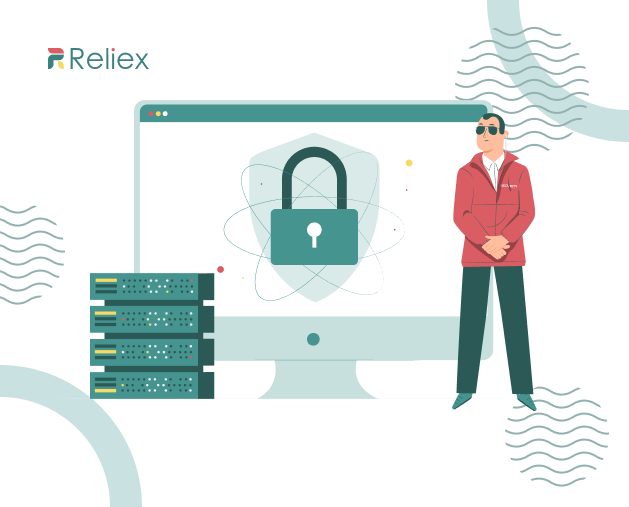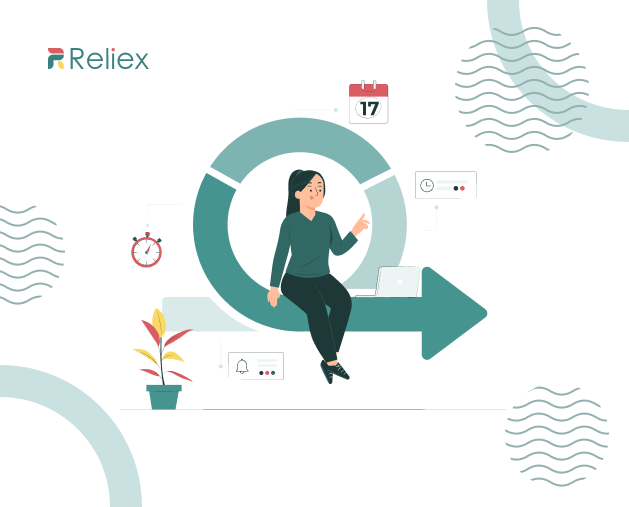Have you ever caught yourself on a thought what would happen if you lost access to your Jira project management data? It would be a nightmare, don’t you agree? Jira has already become a vital part of the entire life of the majority of IT companies. It’s impossible to even consider project management without Jira Software, Jira Service Management, or Jira Work Management.
Thus, its security and data protection is more than a need. Yet what measures should your organization implement to ensure that your team can easily access any task at any time? In this blog post, let’s dive into the Jira security and backup best practices to guarantee constant accessibility and immediate recoverability of your Jira ecosystem. Let’s speak about the security measures that ensure uninterrupted work of your team in any event of a failure that will save your organization hours of work, reputation, and the trust of your customers.
Top reasons to back up the Jira infrastructure
You may question yourself why back up Jira, Atlassian is a secure and reliable service provider, so is there a need? Sure, Atlassian implements security protocols and techniques to protect its service, but Jira users still have to protect its data themselves.
The Shared Responsibility Model
All SaaS providers, including Atlassian, follow the Shared Responsibility Model. In the case of Atlassian, it’s called the Atlassian Cloud Security Shared Responsibility Model. It defines areas of responsibility of the service provider and its users. To make a long story short, Atlassian’s responsibility is protecting the system, hosting, and application with a focus on its own integrity while the Jira account’s data protection rests on the users’ shoulders.
Source: Atlassian Cloud Shared Responsibility Model
Security Compliance
It’s a well-known fact that organizations start thinking about backup after a disruption of their service (in the worst scenario) or when they go through a Compliance audit, like SOC 2 or ISO 27001. Backup is one of the must-have requirements if your company wants to meet these strict security audits and position itself as a reliable, secure, and trustworthy service.
Successful completion of the compliance audits, allows an organization to stand out from its competitors and plays as proof of its security, availability, confidentiality, privacy, and processing integrity.
Cyber attacks and ransomware
Every year attackers are becoming more and more creative in their threat activity. They actively search for vulnerabilities and use them to access Jira accounts. Only in 2023, Atlassian patched around 3 vulnerability flaws in Jira that threat actors could use to gain unauthorized access to users’ Jira instances and steal the data, delete it, or place ransomware.
Being considered among the most expensive threats to business, on average ransomware happens every 11 seconds. Businesses can recover for days or even weeks once they are hit by ransomware. Moreover, even if the organization decides to pay a ransom, there is no guarantee that a malicious actor will return the data safe and sound; he can still delete, modify, or encrypt it.
However, if an organization has automated daily backups of the Jira ecosystem, it can instantly restore its data from any point in time and continue working without interruption.
Outages, human errors, and other threats
Though the fuss has already settled down, we all still remember the Jira outage in April 2022, when around 775 Jira customers couldn’t access their data for almost a fortnight. The massive downtime was a result of a human mistake – both a communication gap between teams and a faulty script. On the contrary, those who had backups in place managed to restore their project management data immediately and continue working without interruption.
Outages, natural disasters, and human errors can take place at any time, so why isn’t it better to be prepared?
Jira backup best practices
As you can see there are a lot of reasons to build a reliable Jira backup strategy. Yet before we start exploring the backup best practices for Jira Cloud, Jira Service Management, and Jira Work Management, let’s look at the available options.
Atlassian has its native Jira backup application – the Backup Manager. It facilitates snapshots of Jira instances every 24 hours without attachments or 48 hours, including them. You should pay attention that they aren’t automated backups, it’s you who will need to perform those backup tasks manually. Moreover, in the event of failure, you will need to unzip, organize, and execute restoration through imports (again manually), which increases the likelihood of errors and requires dedicated time.
Another backup option is a third-party professional Jira backup and Disaster Recovery software, like GitProtect.io, which helps to automate backups, set different backup policies, including frequent backups, create a backup copy in just a few clicks, easily monitor the backup process and recovery process, or immediately respond to any disaster scenario with restore or Disaster Recovery technologies. Thus, by having full control over backup and restore performance, organizations can ensure that they are on top of security, regulatory, and compliance standards.
Well, it’s high time to peer into the Jira backup best practices and security tips to ensure business continuity.
Source: Jira backup best practices
Automated backup with full data coverage
Manual backup tasks can eat into Jira admins’ time a lot. Thus, the possibility of setting automated daily backups at a scheduled time can greatly reduce their duties, especially if they need to perform backup tasks twice a day or even more often.
Another important aspect is full data coverage for all Jira Software, Jira Work Management, and Jira Service Management in any deployment model, whether it’s SaaS or a self-hosted one. Precisely, your Jira backups should include projects, Jira issues, workflows, roles, attachments, Jira users, comments, boards, fields, versions, votes, notifications, audit logs, etc. – all the critical data that help to support and organize your team’s work.
Unlimited retention plays a critical role
Atlassian doesn’t retain your Jira data forever. It provides a data retention period of 60 days for its Jira users. However, it’s not enough for those seeking to meet strict security, legal, compliance, or industry requirements.
That’s why, your backup software should allow you to have unlimited retention with the possibility to archive old unused Jira data for future reference. It will permit you to restore your critical Jira data from any point in time should the need arise or retain the data for as long as your company requires.
The 3-2-1 backup rule is still the best way to ensure security
It’s a proven fact that the 3-2-1 backup rule still works the best when it comes to building your backup strategy. It requires that you have at least 3 backup copies of your data at 2 different storage destinations, one of which is off-site. Thus, if one of your backup copies or storage destinations fails, you still will have another one to run your backup file from.
It means that your Jira backup solution should permit you to add as many storage instances as you need whether they are Cloud or On-premise. It can happen that you already have your storage and don’t want to give it up, thus, your backup tool should support different public clouds, including AWS Storage, Google Cloud Storage, Azure Blob Storage, SMB, NFS, local disk resources, or any other option. What’s more, your backup tool must enable data replication between storage locations as, in this case, all your backup copies are consistent.
Ransomware-proof backup
Backup is the last line of protection against ransomware. That’s why to stay sure that it works well within your entire security strategy, your backup app should provide a complex set of security measures. It should include immutable storage with a “write-once-read-many” option, the possibility to pick up preferred Data Centers (it matters for Compliance), in-flight and at-rest encryption with your own encryption key for an extra layer of security, restore and Disaster recovery technology that foresees any event of failure.
Backup monitoring options
You, as a Jira admin, can make much use of backup management and monitoring possibilities that a professional backup tool may provide. To make a long story short, you get a central management console to set and manage Jira backup policies, set roles, and grant permissions to your team members.
Moreover, you can easily monitor backup performance and immediately react to the events of disaster with data-driven dashboards, audit logs, email and Slack notifications on backup performance, and compliance reports.
Restore and Disaster Recovery
What is the use of backup if you can’t restore your critical Jira backed-up data fast to ensure your organization’s business continuity? Well, your Jira backup software must foresee any worst-case scenario.
Thus, if your organization experiences a service outage or a ransomware attack, you should have the possibility to immediately restore your entire Jira production environment from the latest complete backup copy to your local machine, the same or another free Jira instance.
In case of a human mistake, or other small disruptions, your backup solution should allow you to perform a granular restore of only specified Jira data from any point in time again to the same Jira account, your local instance, or a free Jira account with no-user recovery option.
Takeaway – Jira Security Best Practices
Backup is only a part of your Jira security best practices. That’s why to keep the hygiene of your Jira environment clean and safe, it’s worth also keeping your finger on the pulse and updating your Jira instance as soon as Atlassian releases new versions and patches.
Moreover, it’s critical to set up user access controls and permissions, conduct regular security assessments, configure SSO with your identity provider, and educate your team on security procedures.
By following these simple steps, you can ensure that your Jira project management data is always accessible and recoverable from any point in time, ensuring business continuity and peace of mind for your organization.
Written by Daria Kulikova, Content Marketing Specialist at GitProtect.Io






